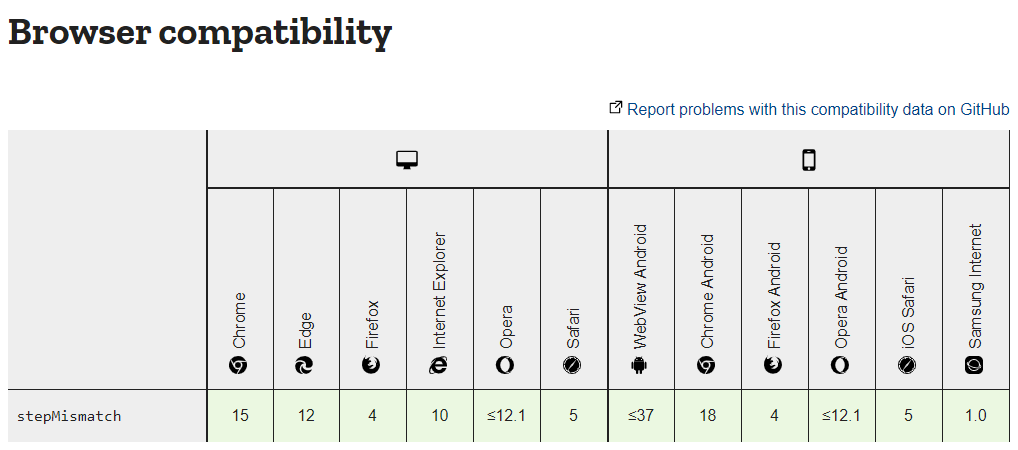The number type has a step value controlling which numbers are valid (along with max and min), which defaults to 1. This value is also used by implementations for the stepper buttons (i.e. pressing up increases by step).
Simply change this value to whatever is appropriate. For money, two decimal places are probably expected:
<label for="totalAmt">Total Amount</label>
<input type="number" step="0.01" id="totalAmt">
(I'd also set min=0 if it can only be positive)
If you'd prefer to allow any number of decimal places, you can use step="any" (though for currencies, I'd recommend sticking to 0.01). In Chrome & Firefox, the stepper buttons will increment / decrement by 1 when using any. (thanks to Michal Stefanow's answer for pointing out any, and see the relevant spec here)
Here's a playground showing how various steps affect various input types:
<form>
<input type=number step=1 /> Step 1 (default)<br />
<input type=number step=0.01 /> Step 0.01<br />
<input type=number step=any /> Step any<br />
<input type=range step=20 /> Step 20<br />
<input type=datetime-local step=60 /> Step 60 (default)<br />
<input type=datetime-local step=1 /> Step 1<br />
<input type=datetime-local step=any /> Step any<br />
<input type=datetime-local step=0.001 /> Step 0.001<br />
<input type=datetime-local step=3600 /> Step 3600 (1 hour)<br />
<input type=datetime-local step=86400 /> Step 86400 (1 day)<br />
<input type=datetime-local step=70 /> Step 70 (1 min, 10 sec)<br />
</form>
As usual, I'll add a quick note: remember that client-side validation is just a convenience to the user. You must also validate on the server-side!

